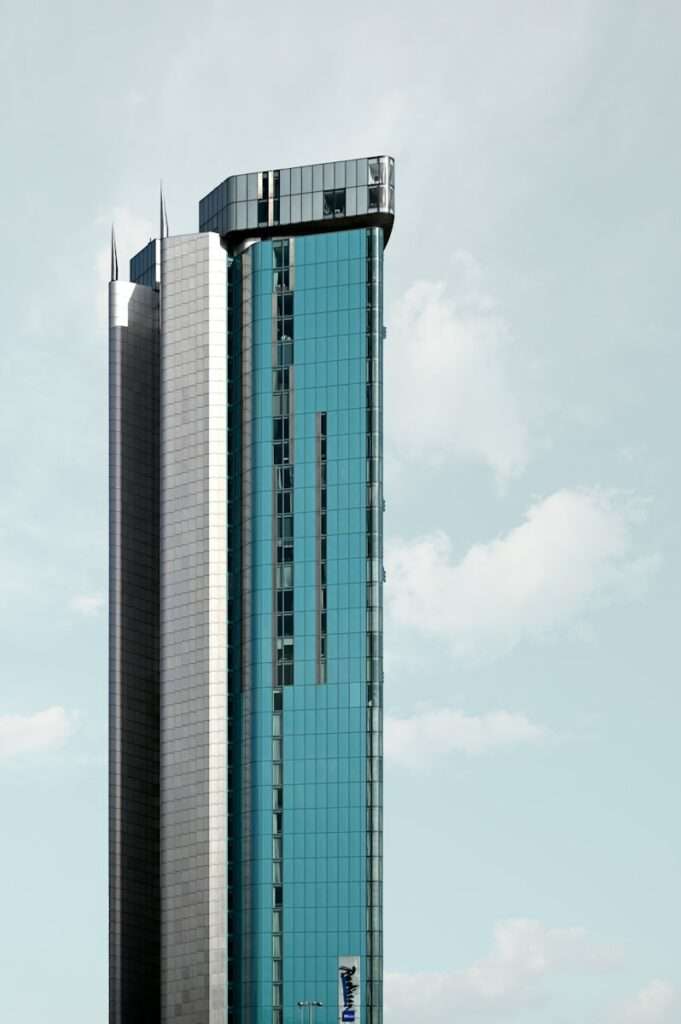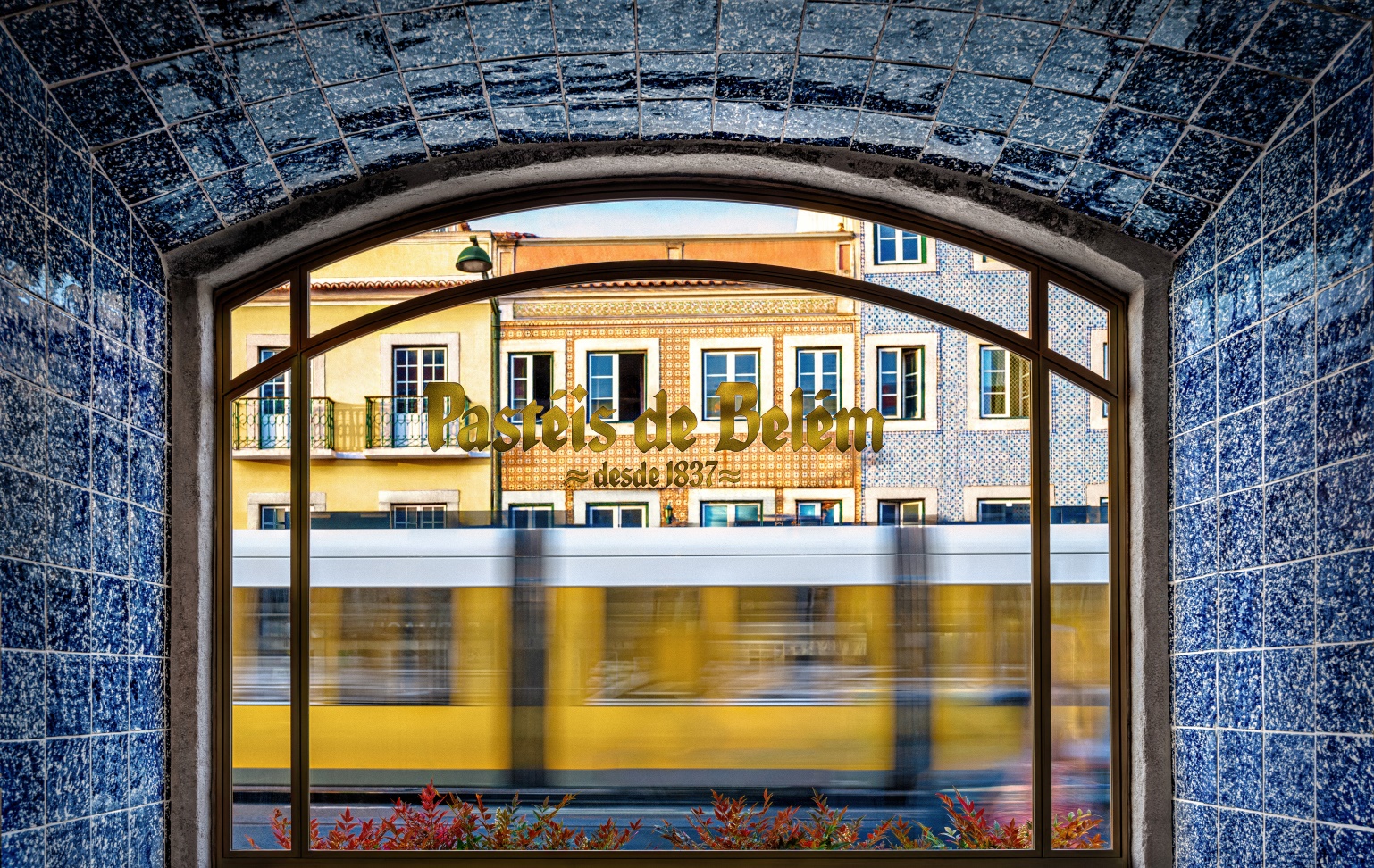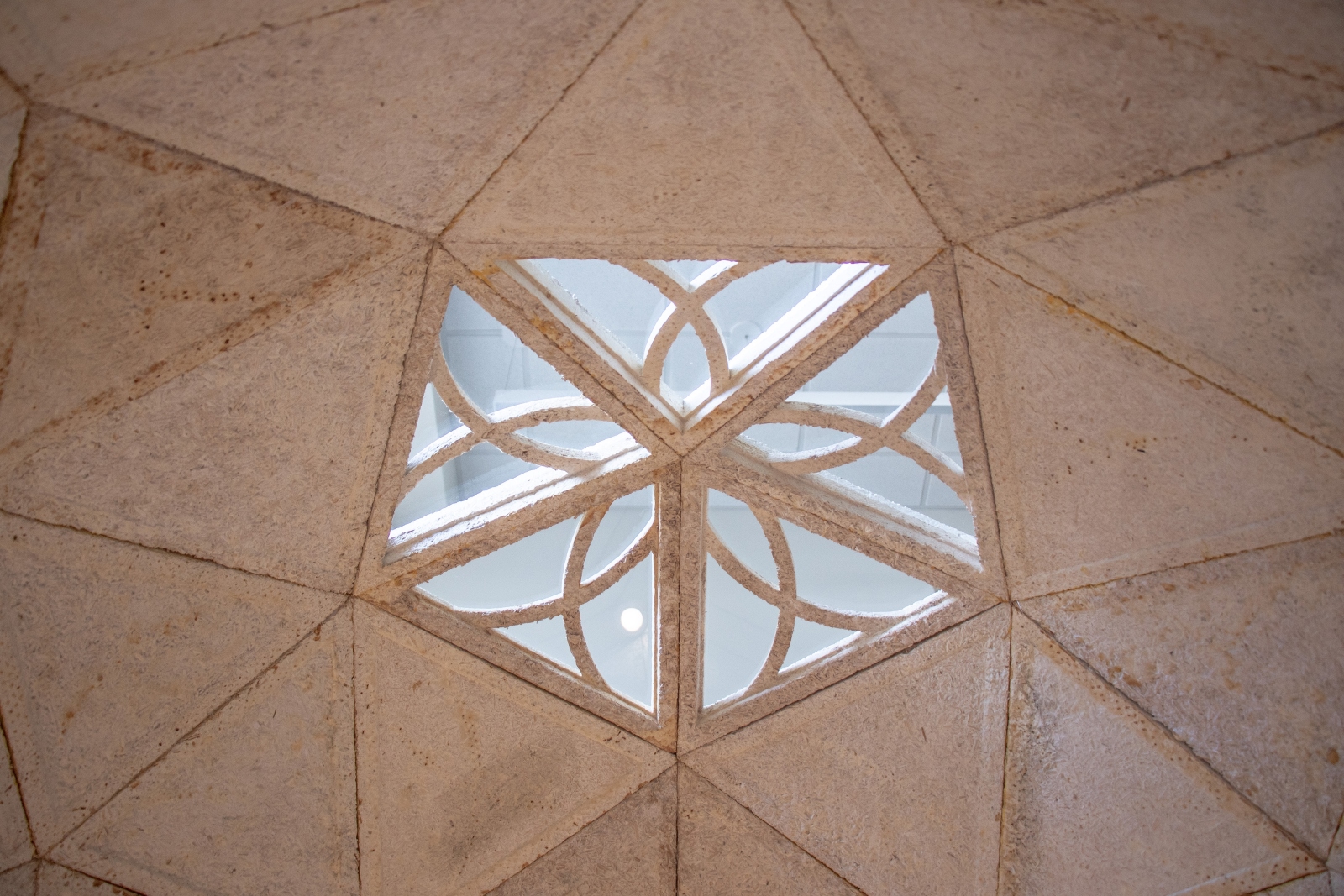How people define spaces is evident in how mixed-use buildings came about and are now eyed by investors and developers as the future of property development. Millennials are at the core of this campaign, and as it addresses the burgeoning urban population, mixed-use buildings are becoming a mainstream solution.
The mixed-use concept is alive and thriving from Skylab Architecture’s Sideyard Mixed-Use Building in Portland to Arquitectonica’s Mixed-Use City Block Porte de L’Europe.

What defines a mixed-use building?
Simply put, a mixed-use building is a single building with three or more businesses, such as residential, mercantile, institutional, and office, that incur revenue-producing businesses. Unlike office buildings that house several types of businesses, mixed-using buildings are more diverse. It includes entertainment, sports and fitness, religious spaces, and hotels. Related terms include compact-use buildings or multi-functional buildings.
Vertical and horizontal developments are the two general forms of building massing for mixed-use designs. Vertical mixed-use is a multi-level, single building where typically residential living is at the upper levels, and lower floors are leased for office and retail uses. Parking and transportation, meanwhile, are housed on the basement floors.
What spaces are integrated into mixed-use buildings?
Current trends in mixed-use building design involve combining different uses in a stand-alone building; instead, designers seek to integrate the whole structure in a neighborhood setting.
Surrounding development, such as access to transportation, work, home, and shopping, is considered in the design and planning of mixed-use buildings. Modern sustainable mixed-use buildings aim to be flexible enough to function as times change and are seen as an urban solution because they reduce pollution and transportation use.
Common Occupancies
- Residential
- Commercial
- Retail
- Cultural
- Entertainment
- Hotel
- Civic
- Transportation
- Business Offices
- Library
- Healthcare Facilities
Combinations
- Residential and Business. The most common type of occupancy integrated into multi-use buildings is residential spaces where people can operate small businesses on the lower floors from where they live. This is commonly advertised as live-and-work condominium living. Contemporary integrations of mixed-use include hotels and apartment spaces on the upper floors.
- Shopping Malls and Hotels. They may have different functions but attract similar market users with similar needs. The challenge is creating a parking facility that can accommodate both functions and needs a transit-oriented design.
- Commercial, Residential, Hotel, and Health Services. This kind of mixed-use building is an opportunity to provide inviting green living spaces.
- Education and Residential. A good example is the 35XV in Manhattan, a residential-academic building that houses Xavier High School on the ground floor and housing units on the upper floors. A communal courtyard is provided, surrounded by five other buildings housing office and residential uses.
- Religious and Residential. Moving away from traditional church courtyards and landscapes, many religions have already been included in newly built mixed-use properties. An example is the Bethnal Green Mission Church in East London, which includes a church, community facilities, a vicarage, and 14 flats for private sale. The design has received awards and recognition and was designed by Thornsett Group.
The versatility of buildings is instrumental in shaping metropolitan spaces to be more efficient by saving resources through the use of sustainable materials. With this construction methodology in mind, buildings can be designed to be diverse so that a single building can serve multiple purposes. Thus, urbanization can be a road to societal progress rather than a hindrance.










